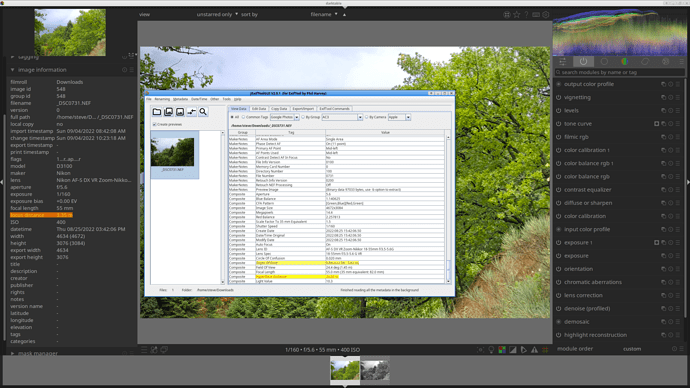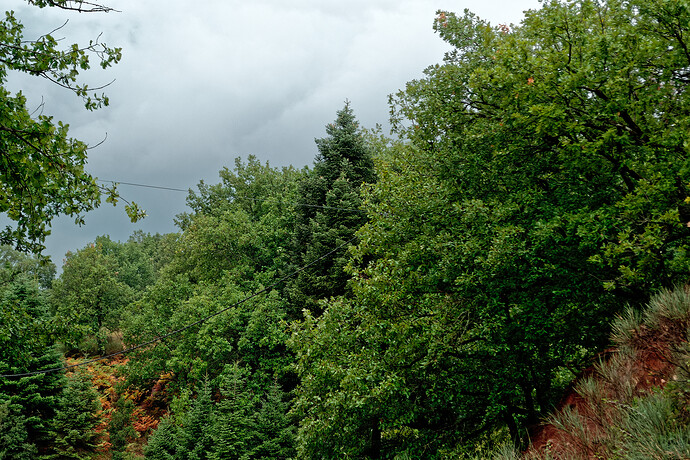Welcome to the forum! I’m glad the membership committee accepted your application… ![]()
I’ve compared your image with other D3100 images, and I think it’s well-within the expectations for this camera. It’s a 14MP camera with the kit 18-35 lens, which are probably well-matched with respect to their combined resolution. You’ll find that camera-lens performance is kind of a see-saw relationship; lenses that look fine on a “smaller” camera will show their hindside when you upgrade the camera, and vice versa. I have one of those lenses, came with my D50 in 2006, but I don’t use it anymore. At the time, I wanted a decently large wide-tele for travel, so I got the Nikkor 18-200mm, worked like a treat on a 6MP camera…
I still have my D7000, the second camera in my progression, and it has the Nikkor 18-140mm welded to it. That’s a 16MP sensor, in the ball park with yours, and I found that lens to be a fine match for the sensor resolution. We recently procured one as a Christmas gift to my grandson with his D3500, and he’s quite pleased.
I write all this because I had the same experience starting out with the D50. Some of my best compositions were with that camera, but when I pixel-peep I see the sort of things you’re experiencing - limits to the sensor-lens resolution. What I found back then was paying careful attention to processing helped to mitigate that. Particularly, I’d try for good contrast in the overall image, which tends to look less-soft. Then, I would produce web-sized JPEGs with somewhat aggressive post-resize sharpening, which increases the acutance, or ‘illusion of sharpness’. Here’s such treatment of your image, 800x600 dimensions, a 1.5 value fed to the convolution sharpen tool in my software:
In low light, you’ll need a decent denoise algorithm; IIRC all the tools discussed here have such.
After all that camera talk above, don’t be too quick to get rid of your present kit. It’ll make decent images, and you’ll learn a lot about its capabilities and limitations that will make future upgrades more well-informed.
Oh, and so you help all of us who downloaded your raw not go to prison, you need to post an appropriate license for use with the link to the NEF; I use this one: https://creativecommons.org/licenses/by/4.0/, but you might want to choose one of their alternatives that doesn’t allow commercial reuse.






 ). And a bit of sharpening is always welcome, but do not overdo it.
). And a bit of sharpening is always welcome, but do not overdo it.


 I’ve applied a preset I have for the diffuse or sharpen module, which gives a fairly aggressive sharpening, and I think it helps. You can download the .xmp file and load it as sidecar in dt’s lighttable view if you want to see what I’ve done.
I’ve applied a preset I have for the diffuse or sharpen module, which gives a fairly aggressive sharpening, and I think it helps. You can download the .xmp file and load it as sidecar in dt’s lighttable view if you want to see what I’ve done.


